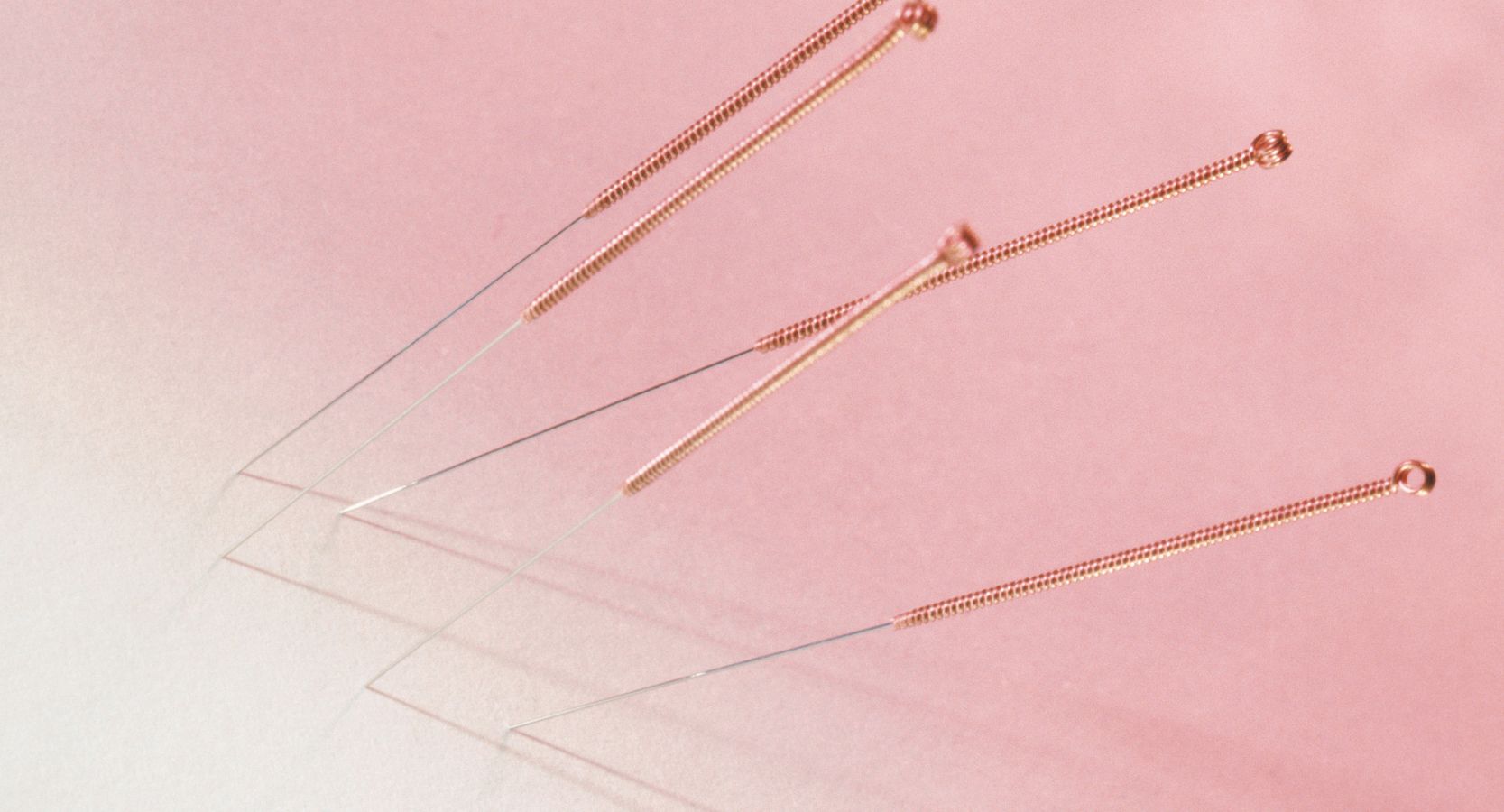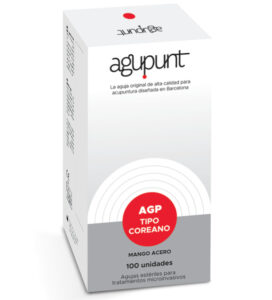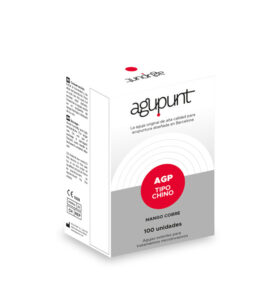Acupuncture is an ancient technique that originated in Asia, particularly in China, and has evolved over the centuries, giving rise to various schools and approaches in countries like Korea and Japan. Acupuncture needles, essential for this practice, show significant differences depending on the therapeutic approach of each region. In this article, we will explore the main differences between Korean and Chinese acupuncture needles, highlighting how these differences influence practice and patient experience.
Design and Size of Needles
One of the most notable differences between Korean and Chinese needles is their design. Korean needles tend to be thinner, with diameters ranging from 0.16 mm to 0.25 mm. These needles are generally shorter, making them less invasive and more comfortable for patients, especially those sensitive to pain. The tip of Korean needles is extremely fine and sharp, designed for smooth and precise insertion. The handle, on the other hand, is usually thinner and often features a grooved or knurled surface, allowing for better control during manipulation.
In contrast, Chinese needles show greater variability in size and thickness. It is common to find needles with diameters ranging from 0.18 mm to 0.30 mm, and in some cases, even thicker, depending on the technique being used. Chinese needles are also longer, allowing for deeper insertion into body tissues. The tip, although sharp, is usually less fine than that of Korean needles, which may make insertion more noticeable to the patient. The handle of Chinese needles, traditionally longer, may be wrapped in copper or silver wire, facilitating manipulation during treatment.
Materials Used
Both Korean and Chinese needles are primarily made from high-quality stainless steel, ensuring durability and safety. However, in both cases, it is also possible to find needles made of gold or silver, materials used in specific treatments due to their conductive properties and symbolism in traditional medicine.
Insertion Technique
The insertion technique is another aspect where notable differences can be observed. In Korean acupuncture, needle insertion tends to be more superficial and precise. This approach aims to minimize pain and discomfort for the patient, prioritizing accuracy in needle placement. Once inserted, Korean needles are usually manipulated very subtly, or in some cases, not at all, which contrasts with techniques from other acupuncture schools.
On the other hand, Chinese acupuncture often involves deeper insertion. Additionally, it is common for the acupuncturist to manipulate the needles once inserted, twisting or moving them to adequately stimulate Qi (vital energy) at the acupuncture points. This manipulation is an integral part of the Chinese technique and can be more noticeable to the patient during treatment.
Therapeutic Approach
The therapeutic approach in Korean acupuncture is characterized by techniques such as Saam acupuncture and Korean hand acupuncture. These techniques emphasize balancing the internal organs through specific points on the hands or by using less conventional combinations of meridians.
In contrast, Chinese acupuncture focuses on regulating the flow of Qi throughout the body, using points distributed along the meridians. This practice follows the principles of Yin and Yang and the Five Elements, with a more holistic and generalized approach.



